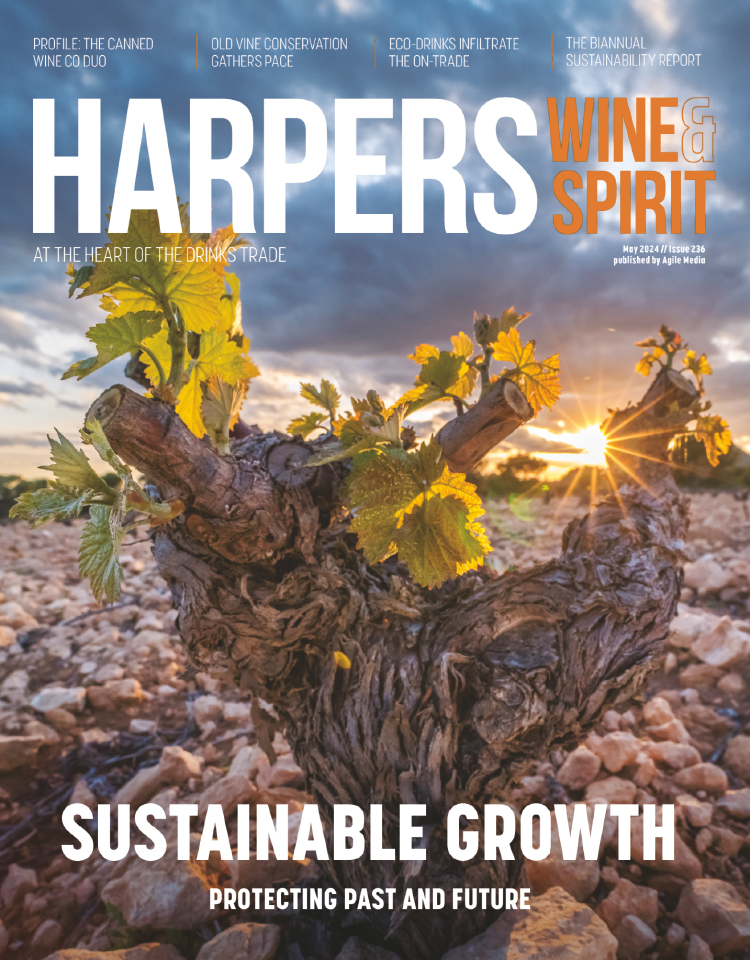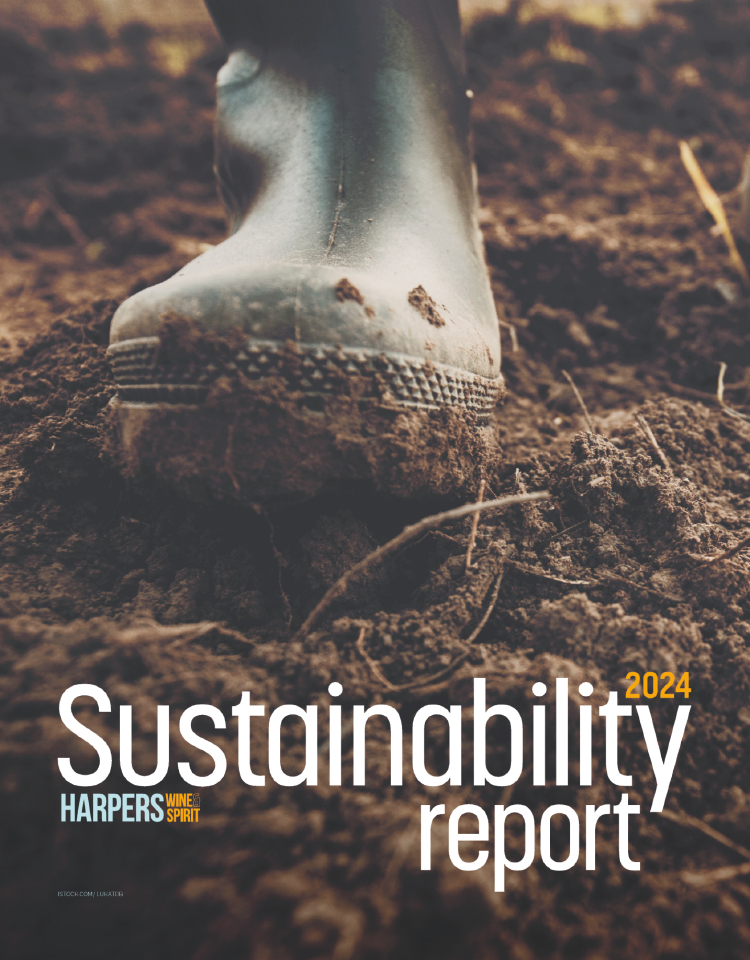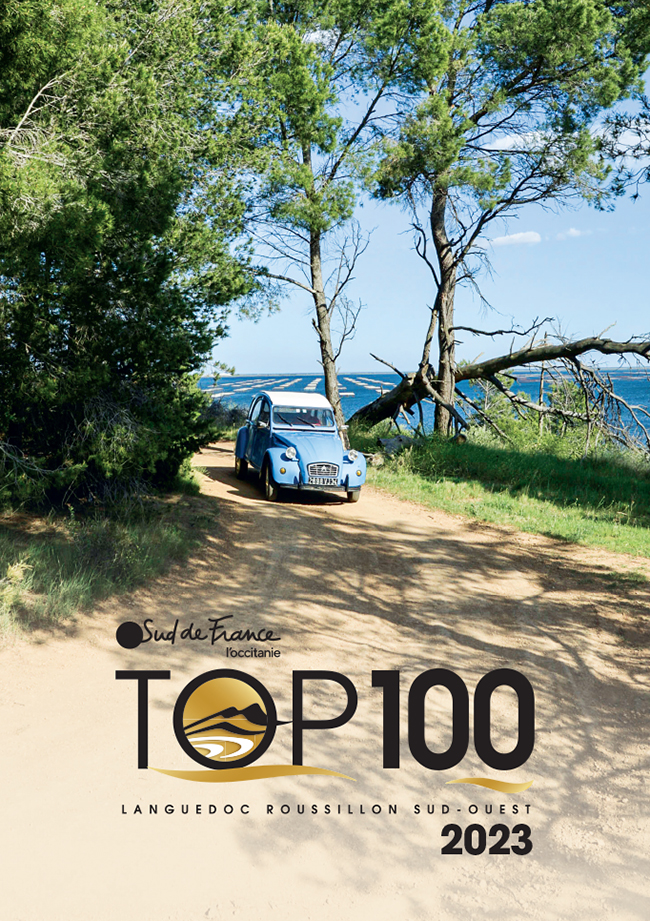Wines in the press - January 15-18
Guardian
Some people tell Victoria Moore they don't like oaky wine. "But what does oaky mean, anyway? She asks.
"Oak is one small word that encompasses a thousand different ways in which wood is used to change the taste of a wine," explains Moore.
American oak typically imparts a vanilla-like flavour, there's French and Slavonian (which is commonly used in Chianti) and trees from different French forests also have particular characteristics, she adds.
Moore likes, "the broad, ample spread", of Viña Herminia 2004 Rioja (£9.49, Waitrose) which has spent 12-15 months in US oak.
The Observer
As a new year resolution, Observer reader Nick Armstrong chose to limit himself to one bottle of wine a month for 2010 and sent Tim Atkin MW, an email asking for recommendations.
Atkin's theory is, "if you've only got one bottle of wine to look forward to each month, it had better be special."
He is determined to find Armstrong a case for less than £175 and has chosen to build his recommendations around three grape varieties - Sauvignon Blanc, Chardonnay and Riesling. Atkin has also chosen to pick contrasting examples from both New and Old World wines.
The Sauvignons are; 2008 Pouilly-Fumé, Domaine Raimbault-Pineau, Cuvée Cassandra 2008 (£13.49, Laithwaites) and Vavasour Sauvignon Blanc, Awatere Valley 2008 (£9.99, Majestic).
The Chardonnays are; Marks & Spencer Saint-Romain 2007 (£10.99) and Carmen Winemaker's Reserve, Casablanca Valley 2007 (£9.99, or £7.99 each for two, Majestic).
The Rieslings are: Dr Loosen Ürziger Würzgarten Kabinett, Mosel 2008 (£12.49, Waitrose) and Peter Lehmann Wigan, Eden Valley 2003 (£16.99, Oddbins).
Telegraph
Susy Atkins says people think you're getting old when you start to notice how young policemen look. But she adds, it is the same with the 2009 wines which are already in our homes.
"So are they any good, these whippersnapper wines?" She asks.
Don't expect great complexity, Atkins says, as more time is needed to create the richer flavours associated with oak-ageing etc and 'nouveau' reds are patchy in quality.
Atkins particularly likes the new South African Sauvignon Blancs, "which have a vibrant, vivacious quality, with lively notes of lime, passion fruit and green capsicum".
She recommends, Porcupine Ridge Sauvignon Blanc 2009, South Africa (Waitrose, £6.99).
Independent
Anthony Rose says: "It's hard to underestimate the value of family when so much of today's wine is in the hands of the faceless global corporations."
"But the family can also be a powerful brand in its own right," he adds.
Rose explains family ownership guarantees a patient and long-term outlook that Spain's Miguel Torres thinks is much needed in the wine industry.
There can be a downside too, says Rose, for instance France's chronic problem of the law of succession, where property becomes so divided it becomes fragmented.
Rose says, Australia is showing its wines are creations of personality by launching Australia's First Families of Wine.
Australian producer Stephen Henschke's tells Rose that in his opinion families are the ones who can provide succession to the next generation, "while the 'multicorps' go into meltdown".
Financial Times
Jancis Robinson MW, is summing-up the 2008 Burgundy vintage currently being offered by wine merchants around the world.
She says the 2008s are nothing if not "fresh". Acid levels are notably high, Robinson explains, but provided the vines were not overloaded with grapes too numerous to ripen, the best wines seem to have developed enough flesh to compensate.
Robinson adds, it was not always so. "For their first few months in barrel, the 2008s looked irredeemably tart, and even the best failed to round out until well into last summer or even later."





